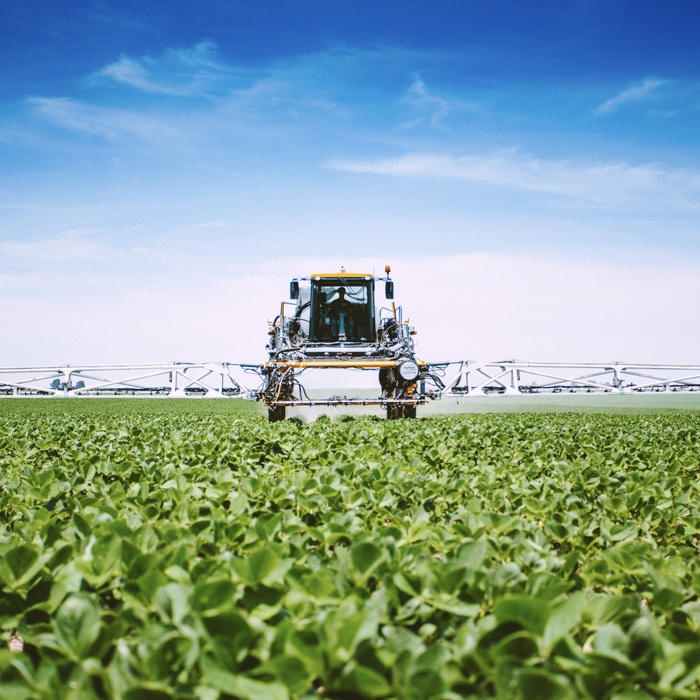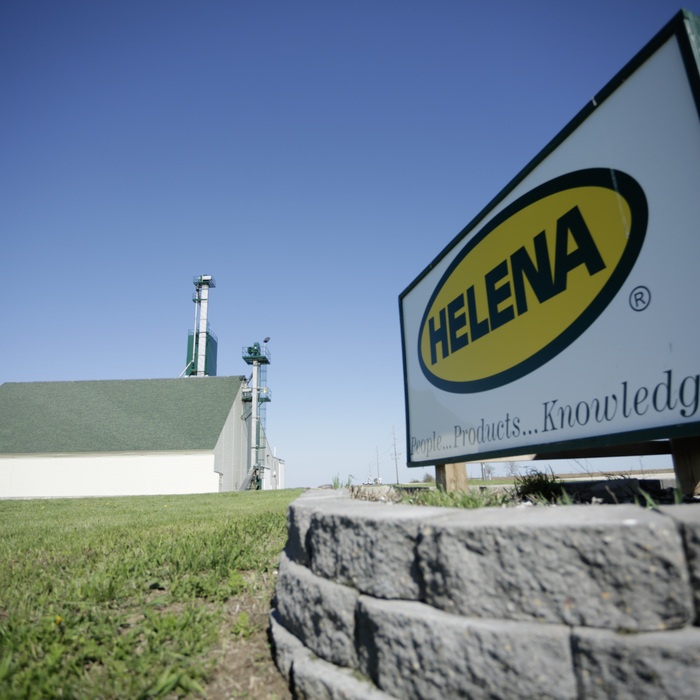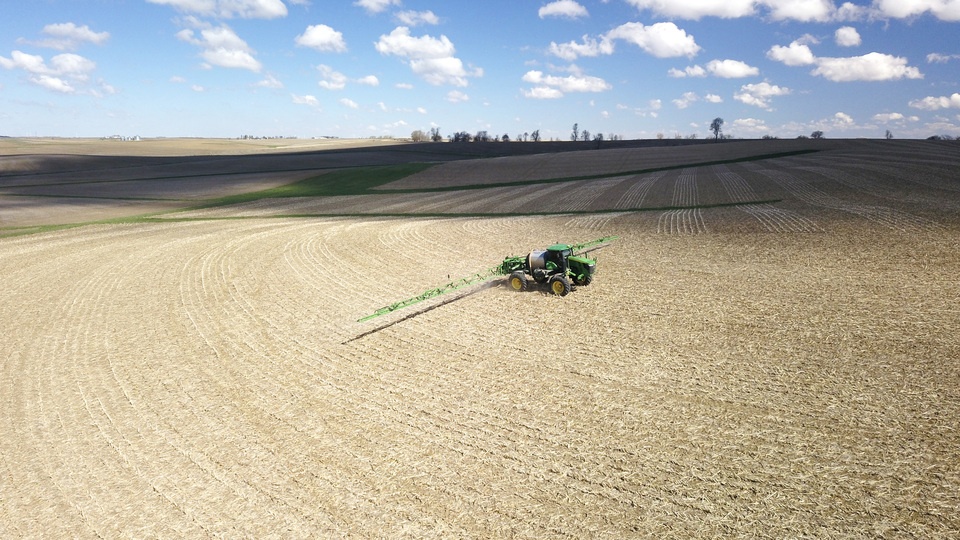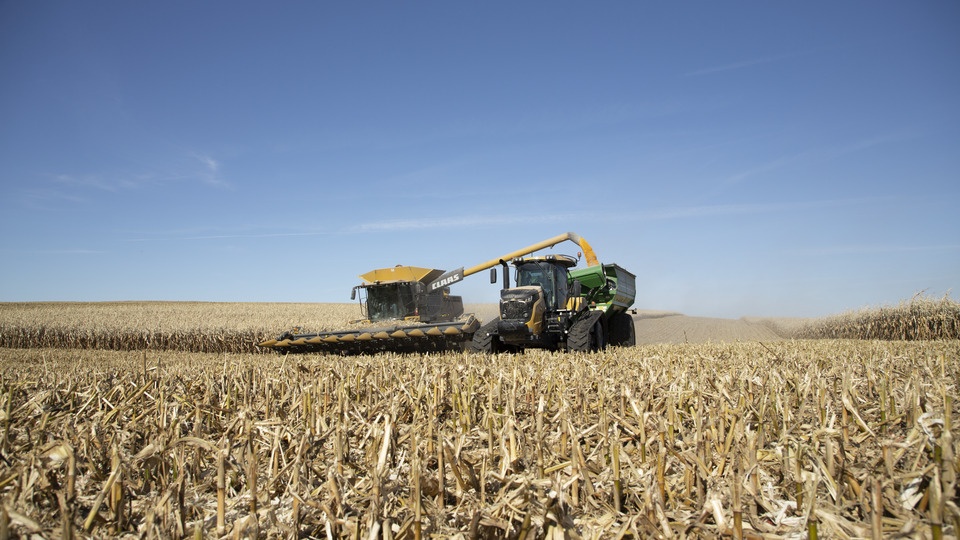As we all know, the agriculture industry is full of passionate people working to grow crops and raise livestock to provide food and other products for people around the world. This industry also has a number of guidelines and regulations in order to operate safely and care for our land and resources so they last for generations to come. One area of agriculture that is going to require some attention from growers and retailers alike is the Endangered Species Act (ESA).
The ESA was signed into law in 1973. Unfortunately, proper consultations to assess the risk of pesticides and their impact on habitats, plants and animals has not been taking place, which has led to a growing amount of litigation. As a result, in late summer of 2024, a Herbicide Strategy was finalized, providing guidance for herbicide use to ensure endangered species are not at risk. The ESA workplan also includes a strategy for insecticides, rodenticides and fungicides. The Rodenticide Strategy has been released as well; however, insecticide and fungicide plans have not been finalized.
The Herbicide Strategy is going to take time to affect many of the herbicides in use today. There is currently only one product that has been reviewed by this process due to its registration being finalized after the Herbicide Strategy was put in place last year. Moving forward, new herbicide active ingredients will need to go through this evaluation as well as the active ingredients in any herbicide that comes up for its 15-year registration review.

Sometimes these strategies can be met with opposition, but it’s important to keep the big picture in mind. Helena’s Executive Director of Government Affairs, Sean McCarty, shared some perspective by saying, “Pesticides are designed to kill pests, which is critical to the food supply and to the environment by keeping invasive species out of there for the sake of public health. But the EPA is also there to protect the environment and protect species, so it is a very delicate balancing act. If we are willing to step up and make sure that we’re doing everything we can to comply here, we’re holding up our end of the bargain saying there is a pathway where we can maintain the use of pesticides.”
This new Herbicide Strategy is not particularly difficult to comply with, but it is going to require some additional planning in the application of herbicides. Growers are accustomed to planning and record keeping, so this will simply be an additional layer to that planning process. Each herbicide will be assigned a number of points. If you choose to apply that product, you will need to be able to show records of how you reached the required number of points on each field. How you reach those points will vary, but could include things such as buffer strips, nozzles, rates, soil types, geography, use of an adjuvant, and consulting with a Certified Crop Advisor, among others. The EPA has numerous resources on their website, including a Bulletins Live! Two page that includes a map displaying Pesticide Use Limitation Areas that will be helpful in the planning process.

How can a retailer like Helena support growers with this herbicide strategy? There are three main ways retailers can help. Number one is to be involved in the planning process for the year to ensure tactics are in place to meet the Herbicide Strategy requirements. Second is to provide custom application services which takes some of the tracking and record keeping responsibility off of the grower. Third is by providing a wide range of adjuvants that can help address some of the points that will need to be reached for these products.
Helena has been a leader in adjuvants since the company was founded in 1957. With an adjuvant to address nearly every need the grower may have, we have solutions that can help mitigate some of the herbicide application concerns through drift and runoff reduction, enhanced absorption and increased herbicide activity, among others.
One key product worth highlighting is Cohort® which is an adjuvant specially designed to strengthen the efficacy of herbicides requiring AMS. This product combines multiple adjuvant technologies in one product to help ensure successful weed control. Cohort is also approved for use with Liberty® Ultra, which is the first ESA-compliant herbicide label under the new Herbicide Strategy. Adjuvants have played a key role in the foundation of Helena’s business since the company began, and Cohort is an example of the innovation we continue to bring to the adjuvant portfolio.
Helena Adjuvant Brand Manager, Austin Anderson said, “As we are getting into a regulatory environment where some growers have gotten some tools taken out of their tool boxes, it’s all about making sure we can drive home the message that making small changes to your pesticide applications, whether it’s your herbicide, fungicide, or insecticide, can help them work more consistently. We need to make them work the best they can.”
McCarty believes education is key when it comes to the agriculture industry. He says, “We are an agricultural nation, and as long as we want to feed and defend ourselves, our industry is still going to be core to this country. But, sometimes, you need to ratchet up your education campaign.”
Helena’s objective today and moving forward is not only educating ourselves as these strategies are established, but also educating our customers as well as the communities we live in so that we can all share in the common goal of providing food while maintaining our resources for generations to come. Contact your local Helena representative for product recommendations and help planning your 2025 herbicide program.


